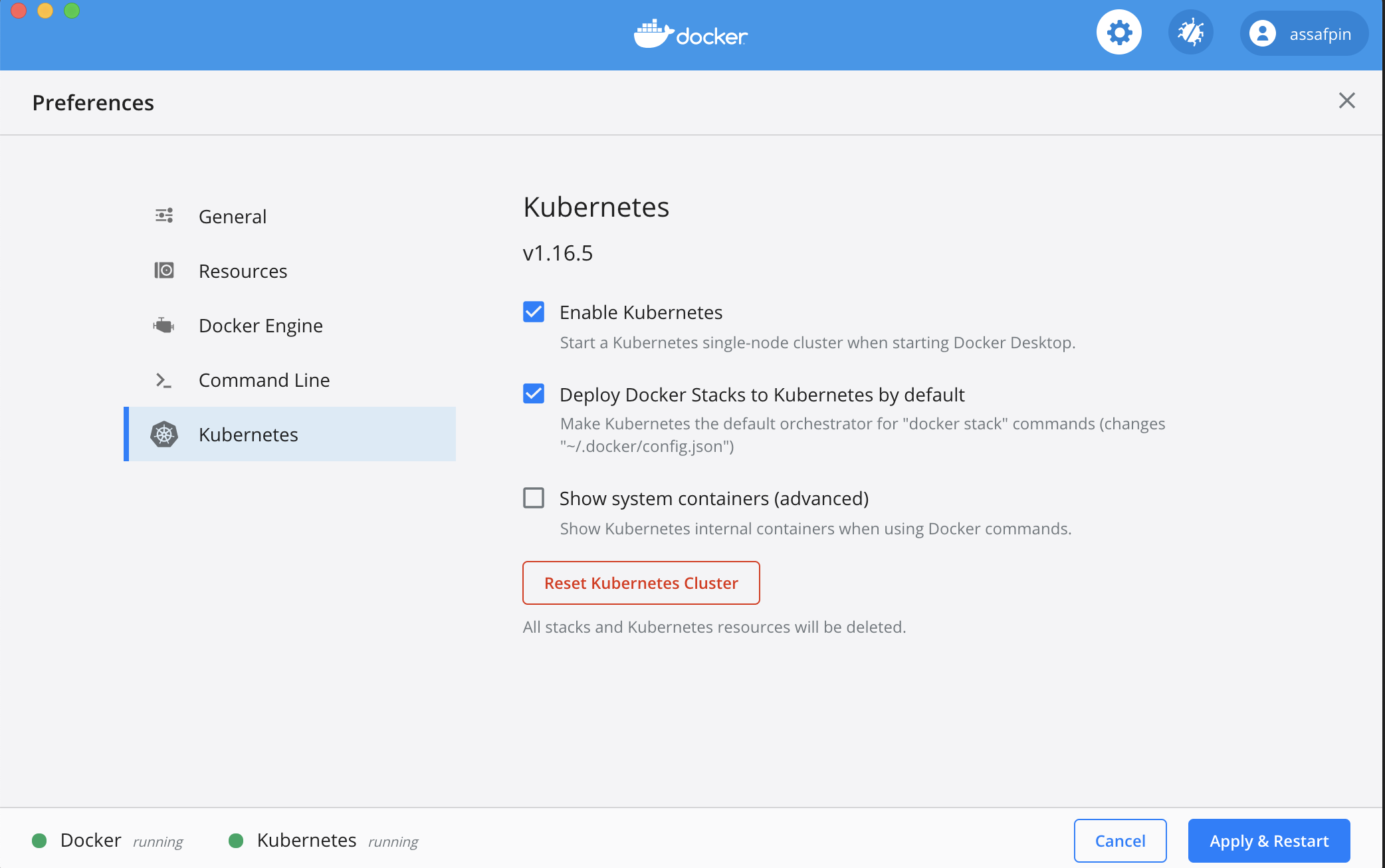icepickle
It's a cooler way to store simple linear models.
The goal of icepickle is to allow a safe way to serialize and deserialize linear scikit-learn models. Not only is this much safer, but it also allows for an interesting finetuning pattern that does not require a GPU.
Installation
You can install everything with pip:
python -m pip install icepickle
Usage
Let's say that you've gotten a linear model from scikit-learn trained on a dataset.
from sklearn.linear_model import LogisticRegression
from sklearn.datasets import load_wine
X, y = load_wine(return_X_y=True)
clf = LogisticRegression()
clf.fit(X, y)
Then you could use a pickle to save the model.
from joblib import dump, load
# You can save the classifier.
dump(clf, 'classifier.joblib')
# You can load it too.
clf_reloaded = load('classifier.joblib')
But this is unsafe. The scikit-learn documentations even warns about the security concerns and compatibility issues. The goal of this package is to offer a safe alternative to pickling for simple linear models. The coefficients will be saved in a .h5 file and can be loaded into a new regression model later.
from icepickle.linear_model import save_coefficients, load_coefficients
# You can save the classifier.
save_coefficients(clf, 'classifier.h5')
# You can create a new model, with new hyperparams.
clf_reloaded = LogisticRegression()
# Load the previously trained weights in.
load_coefficients(clf_reloaded, 'classifier.h5')
This is a lot safer and there's plenty of use-cases that could be handled this way.
There's a cool finetuning-trick we can do now too!
Finetuning
Assuming that you use a stateless featurizer in your pipeline, such as HashingVectorizer or language models from whatlies, you choose to pre-train your scikit-learn model beforehand and fine-tune it later using models that offer the .partial_fit()-api. If you're unfamiliar with this api, you might appreciate this course on calmcode.
This library also comes with utilities that makes it easier to finetune systems via the .partial_fit() API. In particular we offer partial pipeline components via the icepickle.pipeline submodule.
import pandas as pd
from sklearn.linear_model import SGDClassifier, LogisticRegression
from sklearn.feature_extraction.text import HashingVectorizer
from icepickle.linear_model import save_coefficients, load_coefficients
from icepickle.pipeline import make_partial_pipeline
url = "https://raw.githubusercontent.com/koaning/icepickle/main/datasets/imdb_subset.csv"
df = pd.read_csv(url)
X, y = list(df['text']), df['label']
# Train a pre-trained model.
pretrained = LogisticRegression()
pipe = make_partial_pipeline(HashingVectorizer(), pretrained)
pipe.fit(X, y)
# Save the coefficients, safely.
save_coefficients(pretrained, 'pretrained.h5')
# Create a new model using pre-trained weights.
finetuned = SGDClassifier()
load_coefficients(finetuned, 'pretrained.h5')
new_pipe = make_partial_pipeline(HashingVectorizer(), finetuned)
# This new model can be used for fine-tuning.
for i in range(10):
# Inside this for-loop you could consider doing data-augmentation.
new_pipe.partial_fit(X, y)
Supported Pipeline Parts
The following pipeline components are added.
from icepickle.pipeline import (
PartialPipeline,
PartialFeatureUnion,
make_partial_pipeline,
make_partial_union,
)
These tools allow you to declare pipelines that support .partial_fit. Note that components used in these pipelines all need to have .partial_fit() implemented.
Supported Scikit-Learn Models
We unit test against the following models in our save_coefficients and load_coefficients functions.
from sklearn.linear_model import (
SGDClassifier,
SGDRegressor,
LinearRegression,
LogisticRegression,
PassiveAggressiveClassifier,
PassiveAggressiveRegressor,
)




